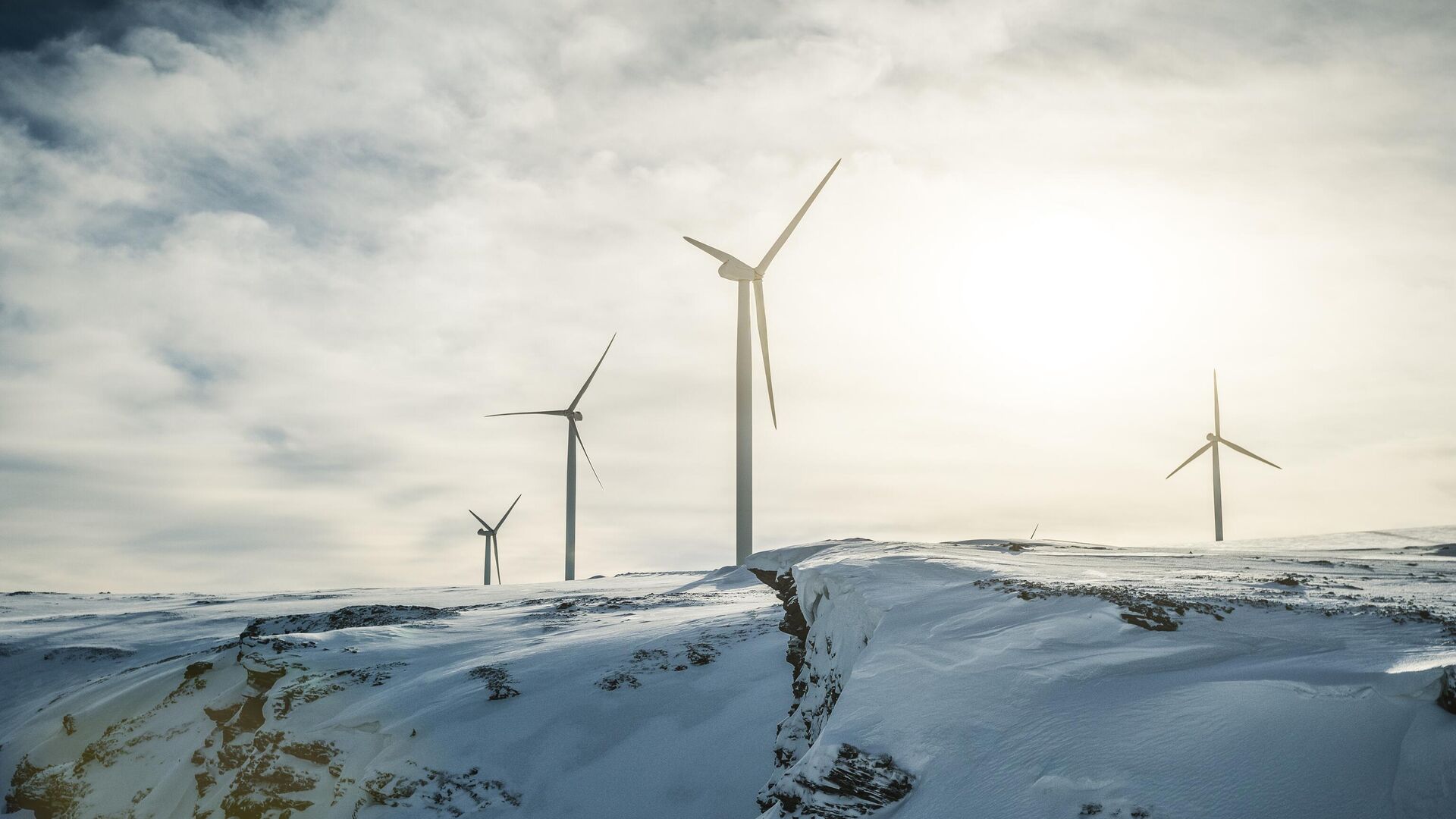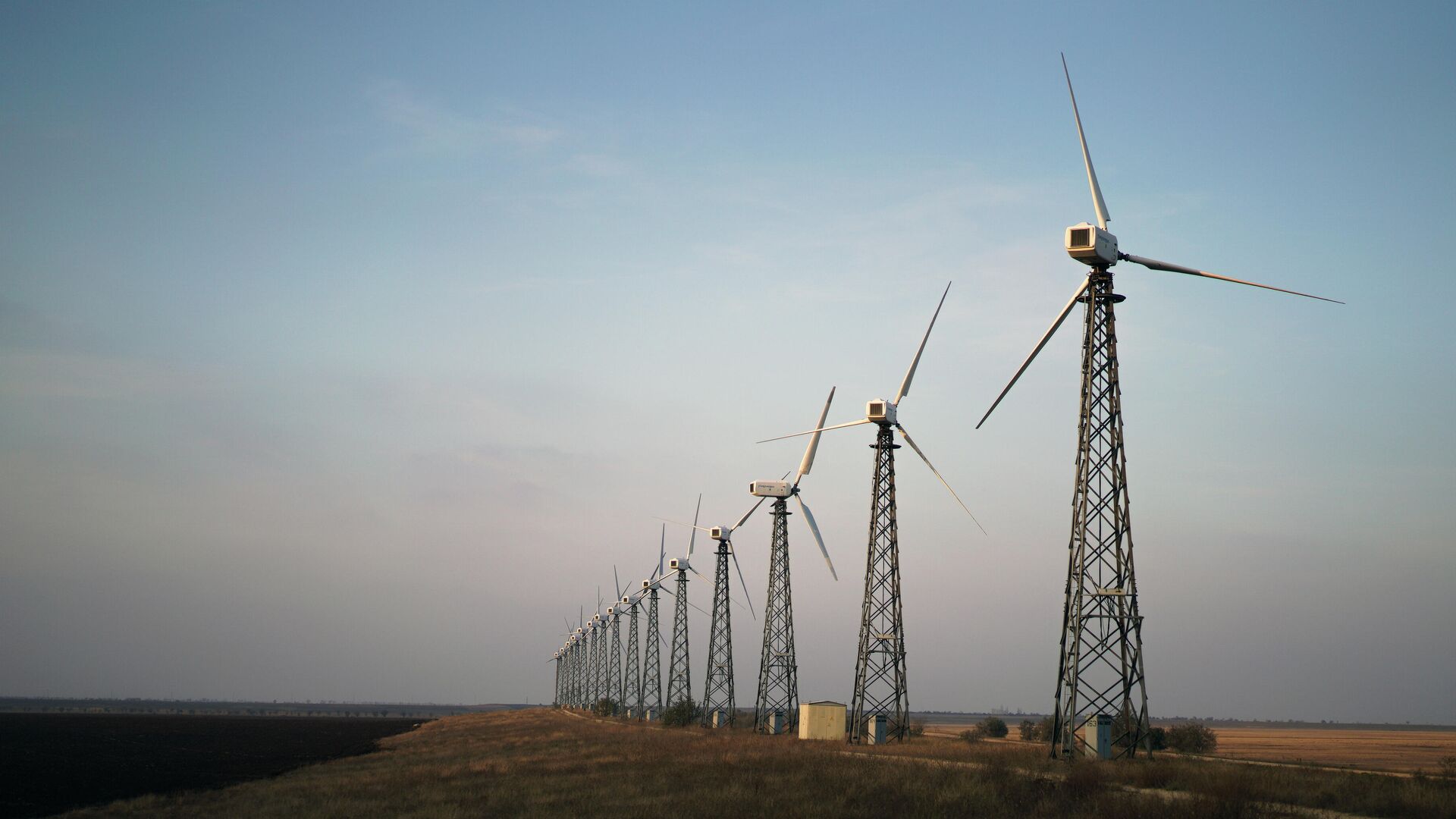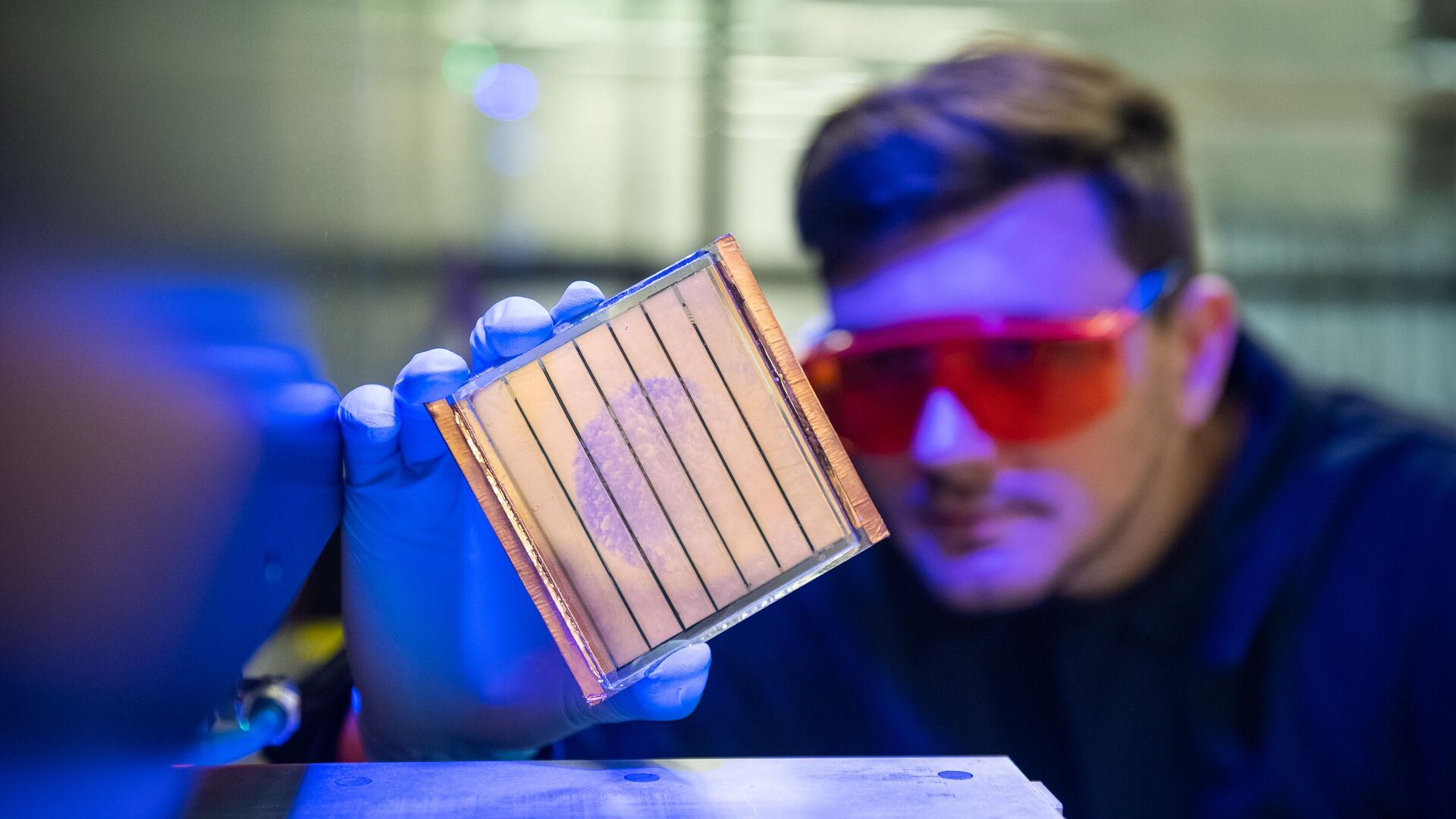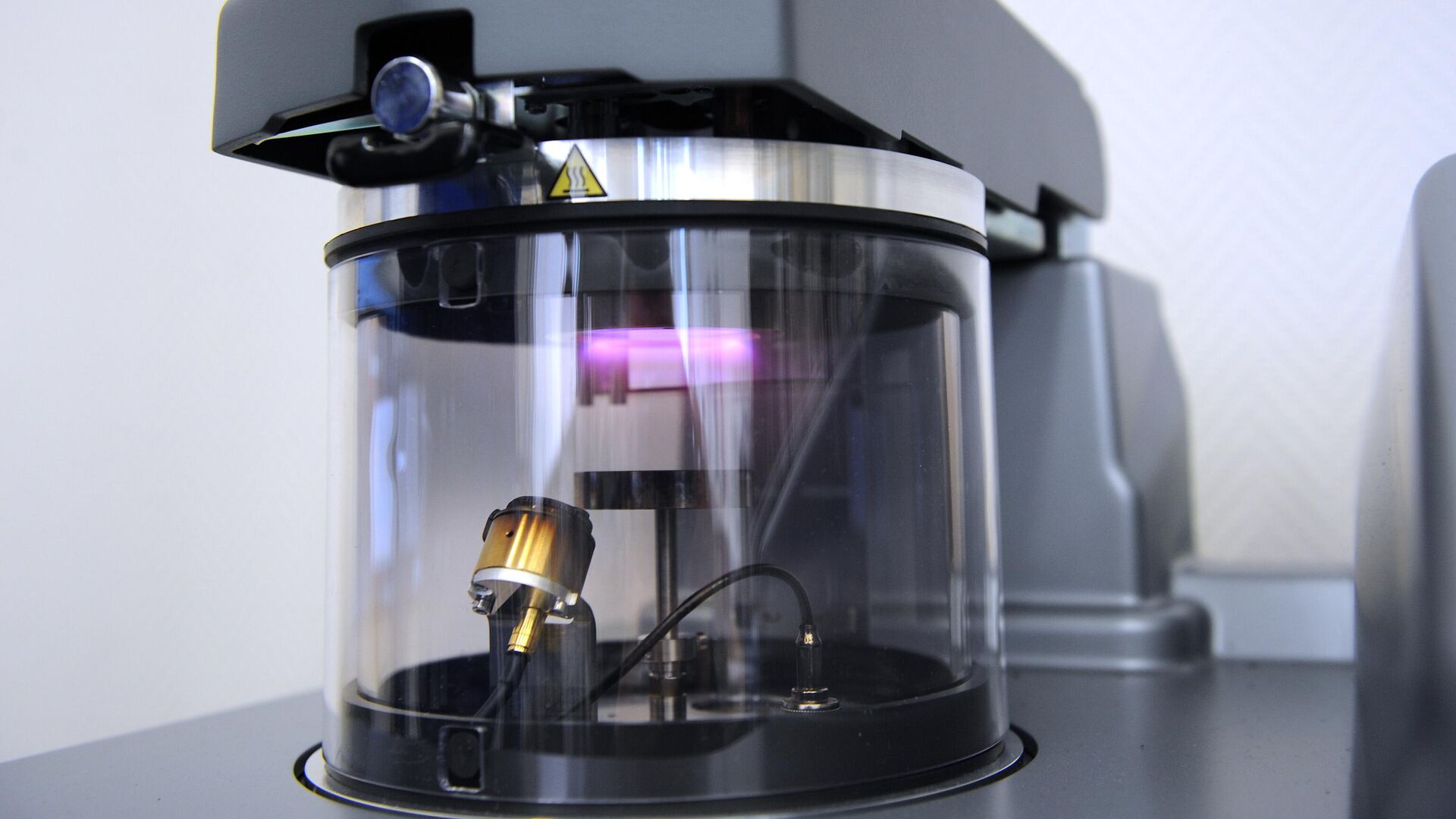
MOSCOW, August 5— . A modular wind power plant (WPP), adapted for the harsh conditions of the Arctic, was developed by scientists from the St. Petersburg Polytechnic University using digital technologies. In their opinion, the development will increase the efficiency of energy supply to remote settlements and industrial facilities in the northern regions. The research results were published in the journal Thermal Engineering.
A significant problem of energy supply in the Arctic is the high complexity of transporting fuel for diesel power plants that supply electricity to remote logistics points along the Northern Sea Route, populated areas and oil production points. Because of this, the cost of the fuel itself for consumers and the electricity generated with its help increases significantly.
At the same time, Russia's coastal territories, Arctic islands and shelf zones in the Arctic Ocean have high wind energy potential. Scientists from Peter the Great St. Petersburg Polytechnic University have proposed using wind-diesel power complexes with 100 kW modular wind power plants to generate electricity.
According to the researchers, this will significantly increase energy efficiency and reduce energy supply costs, reduce harmful emissions and greenhouse gases in remote regions with vulnerable Arctic nature.
«Such wind turbines are in great demand in the Arctic. Our expert marketing research has shown that the wind turbine market may comprise more than 4,500 products,» said Viktor Elistratov, professor at the Higher School of Hydraulic and Power Engineering at SPbPU, head of the Digital Design of Power Facilities in the Arctic Research Laboratory of the World-Class Scientific Center for Advanced Digital Technologies.
The modular design of the unit (wind wheel, nacelle, tower, foundation, self-lifting system) simplifies transportation and installation in permafrost areas, since each element of the unit can be delivered and installed separately, without the use of heavy equipment.
The optimized shape of the wind wheel blades and the use of modern materials, according to the developers, allows the installation to generate electricity even at relatively low wind speeds of 6-9 m/s and increases electricity production by at least 20% compared to traditional wind generators.
The scientists also developed an innovative design solution for a foundation made of special metal or concrete modules that can be delivered to the installation site and assembled on site without the use of high-reach cranes. Two patents have been received for this solution.
«The elements of the wind power plant must have transport and weight characteristics that ensure transportation in standard containers, and have a high factory readiness (be manufactured on the mainland). The materials and coatings used must work reliably in Arctic conditions, and installation must be carried out without the use of labor-intensive concrete work, welding work and heavy crane equipment,» noted Yelistratov.
In order to optimize the design process and improve the efficiency of equipment operation in difficult climatic conditions, scientists have developed a digital twin of a wind power plant. It allowed them to model its operation in detail in various conditions and optimize the design, which increased its reliability and efficiency.
According to Viktor Yelistratov, the overall economic benefit from the implementation of the development will depend on the specific placement conditions, how it is affected by the wind potential of the region and the distance of fuel transportation.
«In general, the use of wind-diesel power complexes in the Arctic with innovative solutions and optimized unit parameters and operating modes will ensure savings of more than 50% of diesel fuel consumption, which is a high substitution rate. For example, for the village of Amderma in the Zapolyarny District of the Nenets Autonomous Okrug, we managed to reduce diesel fuel consumption by 500 tons per year,» he said.
The scientist added that the optimal capacity of the installation of 100 kW is ideal for power supply of small settlements in the Arctic, and the compact size of the wind turbine elements facilitates its transportation and installation.
The work was carried out by the team of the Research Laboratory «Digital Design of Energy Facilities in the Arctic», created within the framework of the world-class Scientific Center «Advanced Digital Technologies» of the Federal State Autonomous Educational Institution of Higher Education «SPbPU».























































Свежие комментарии